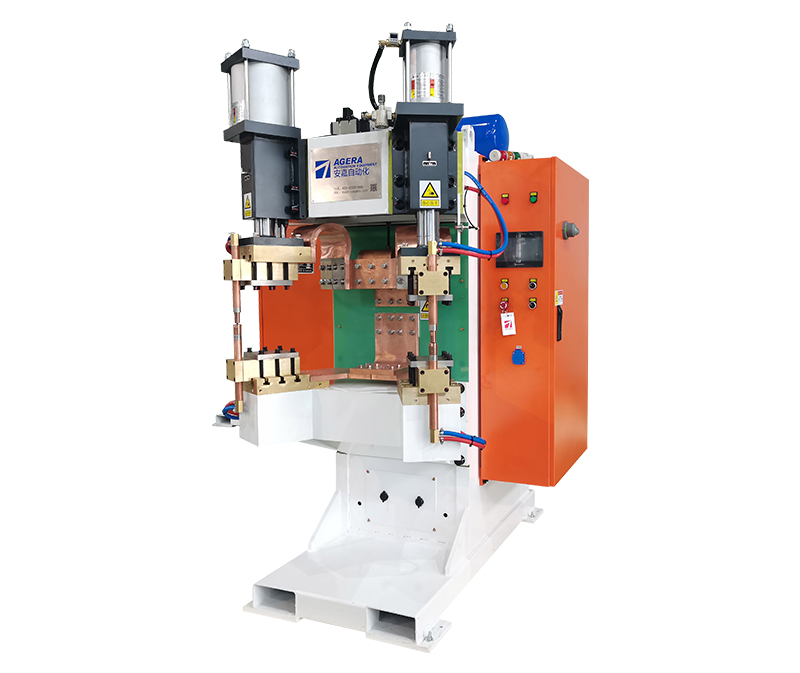What Causes Cracks in Products Welded by Nut Spot Welding Machines?
Spot welding is a widely used process in manufacturing, known for its efficiency and speed. However, like any other welding method, it is not immune to certain issues that can affect the quality of the final product. One common problem encountered when using a nut spot welding machine is the presence of cracks in the welded products. In this article, we will explore the possible reasons behind this issue.
- Inadequate Pressure: One primary reason for cracks in welded products is inadequate pressure applied during the welding process. When the pressure isn’t sufficient, the molten metal might not fuse properly, resulting in weak joints that are prone to cracking.
- Incorrect Welding Parameters: Another significant factor is using incorrect welding parameters, such as current, time, or electrode force. These parameters need to be carefully calibrated based on the materials being welded, and any deviation from the optimal settings can lead to cracks.
- Material Incompatibility: The materials being welded must be compatible to achieve a strong, crack-free bond. If dissimilar metals or materials with differing thicknesses are welded, the chances of cracks increase, as they respond differently to the welding process.
- Contamination and Oxidation: Any contamination on the surfaces to be welded, like rust, oil, or other impurities, can interfere with the welding process and create weak spots that might crack. Additionally, oxidation can occur if the metal surfaces are not properly cleaned or protected, leading to subpar welds.
- Improper Electrode Maintenance: Electrodes are essential components in spot welding. If they are worn out, damaged, or improperly maintained, they can cause inconsistencies in the welding process, resulting in cracks in the final product.
- Thermal Stress: Rapid heating and cooling during spot welding can induce thermal stress in the welded area. If this stress is not managed properly, it can lead to the formation of cracks over time.
- Lack of Pre-Welding Preparation: Proper preparation, including aligning the materials and ensuring they are tightly held in place, is crucial to prevent cracks during welding. Inadequate preparation can lead to misalignment or warping, causing the formation of cracks.
In conclusion, cracks in products welded by nut spot welding machines can have various causes, often linked to issues with pressure, welding parameters, material compatibility, contamination, electrode maintenance, thermal stress, and pre-welding preparation. To produce high-quality, crack-free welds, it is essential to pay careful attention to these factors and ensure that the welding process is carried out with precision and adherence to best practices. By addressing these issues, manufacturers can enhance the integrity and durability of their welded products.
